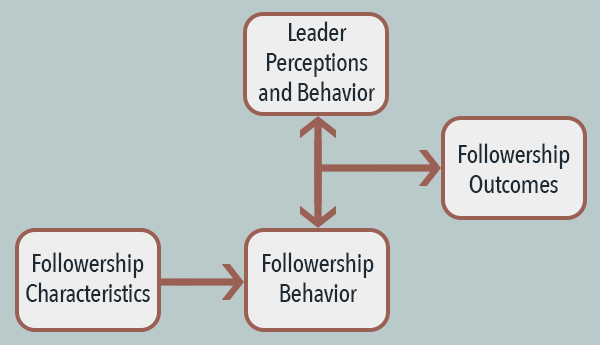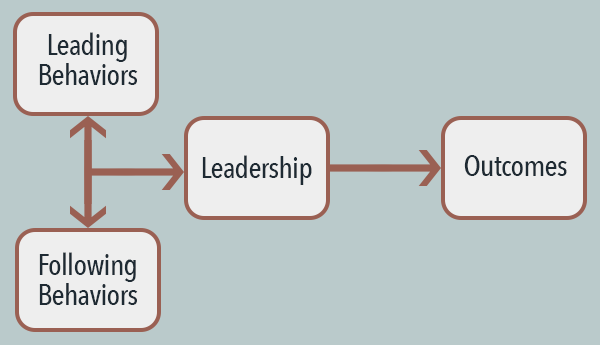As stated by Northouse (2022), “Leadership is a process that is similar to management in many ways” (p. 67). Leadership and management both contribute to organizational goals being achieved, but in different capacities. Given the importance of the roles, I will define each and discuss how they work together to drive individuals to achieve a common mission in this blog post.
The role of management, as noted by Bargau (2015), is “to exercise executive, administrative, and supervisory direction of a group or organization” (p. 182). As suggested in the definition, management monitors group members to ensure they complete their tasks contributing to their organizational goals. Bargau (2015), stresses the importance of necessary skills, which include technical skills (specialized skills), human skills (people skills), and conceptual skills (creative abilities) (p. 183). All three of these skills ensure that the individual placed in the role of the manager will be knowledgeable and experienced to provide helpful solutions and guidance, have the ability to communicate their thoughts and team needs and be able to understand various concepts and ideas brought to them. Management has many moving parts which support the role of leadership.
Leadership, as Northouse (2022) describes, is “a process whereby an individual influences a group of individuals to achieve a common goal” (p. 57). The definition emphasizes the importance of an influential person because building a followership becomes more difficult to build. Without followership, goals will be ununiformed and lead to ineffective progress.
Northouse (2022, p. 67) outlines three key aspects of leadership and their connecting duties, as follows:
| Establishing direction | – Create a vision
– Clarify the big picture – Set strategies |
| Aligning people | – Communicate goals
– Seek commitment – Build teams and coalitions |
| Motivating and inspiring | – Inspire and energize
– Empower followers – Satisfy unmet needs |
From the provided responsibilities, it is evident that leaders focus on group energy and meeting goals, which managers ensure by monitoring team performance.
Having an understanding of the distinction between the roles of management and leadership, we can delve deeper into how the two work together in getting goals met. First, we must acknowledge that both are needed, management for instilling and leadership for influencing. Northouse (2022) emphasizes this when explaining the overlap of the two (p. 68). For instance, consider the role of a chief executive officer (CEO) and manager. The CEO and manager will both play a part in ensuring the success of organizational goals. The CEO may do this by conducting a global company presentation that highlights recent company success and current projects to keep spirits up. They will likely describe how these components drive the company mission. Now, let us consider a manager’s role in each of these occurrences. In a global company meeting managers from chosen departments may speak and share timelines for achieving the goals described by the CEO. Next, a manager will outline measurements of success and resources used to meet goals. An example of this would be a sales manager presenting the dollar amounts of contracts won and the steps taken to win them.
Management and leadership overlap when working to achieve a common goal. This may take place with projects at work, school, or any other organization. So, next time you take on a common goal, try to identify and distinguish the roles of leadership and management. You may be surprised by just how much leadership and management must collide to maintain a cohesive progression to common goals.
To read more about the differences between managers and leaders look at the linked article from Harvard Business Review.
https://hbr.org/2013/08/tests-of-a-leadership-transiti
References
Bargau, M. A. (2015). Leadership versus management. Romanian Economic and Business Review, 10(2), 197.
Nayar, V. (2022, August 18). Three differences between managers and leaders. Harvard Business Review. Retrieved January 23, 2023, from https://hbr.org/2013/08/tests-of-a-leadership-transiti
Northouse, P. G. (2022). Leadership: Theory and practice (9th ed.). SAGE.



:no_upscale()/cdn.vox-cdn.com/uploads/chorus_asset/file/7450285/mainchart.png)

